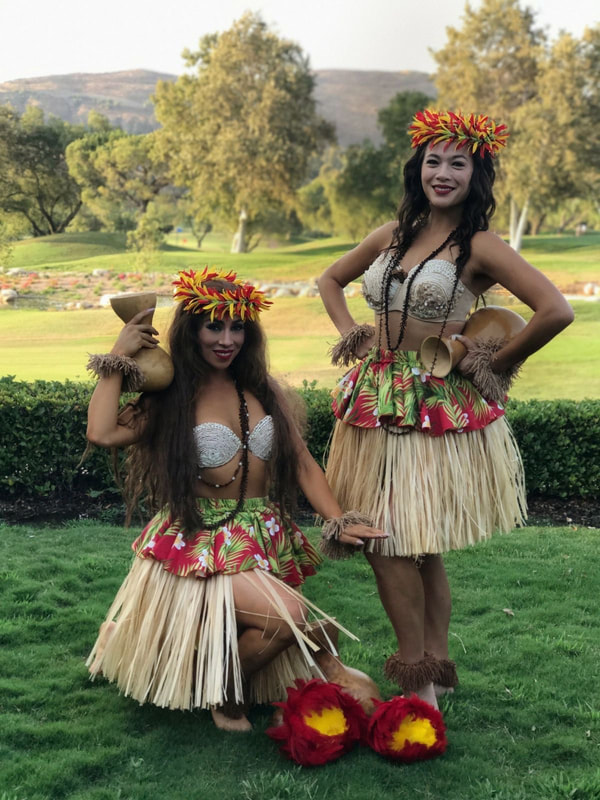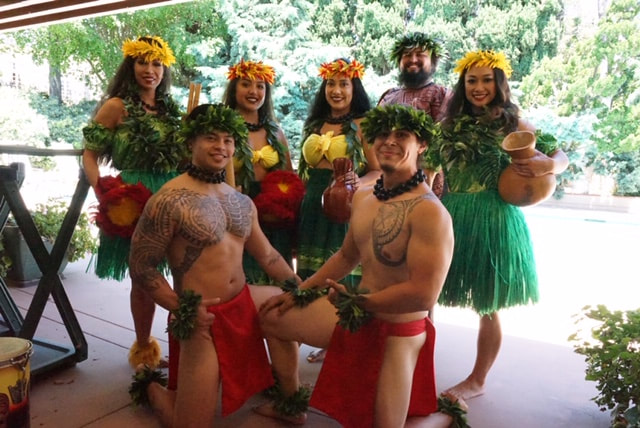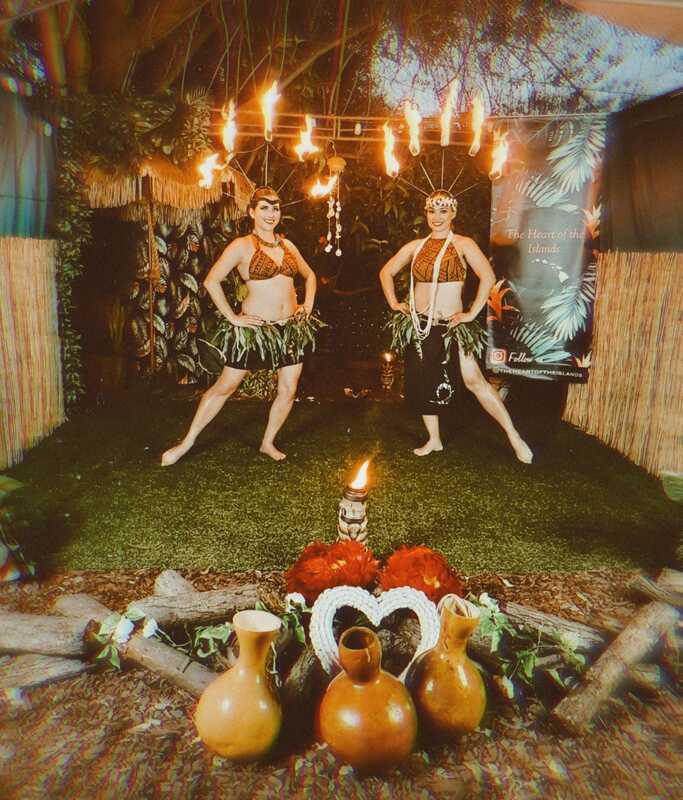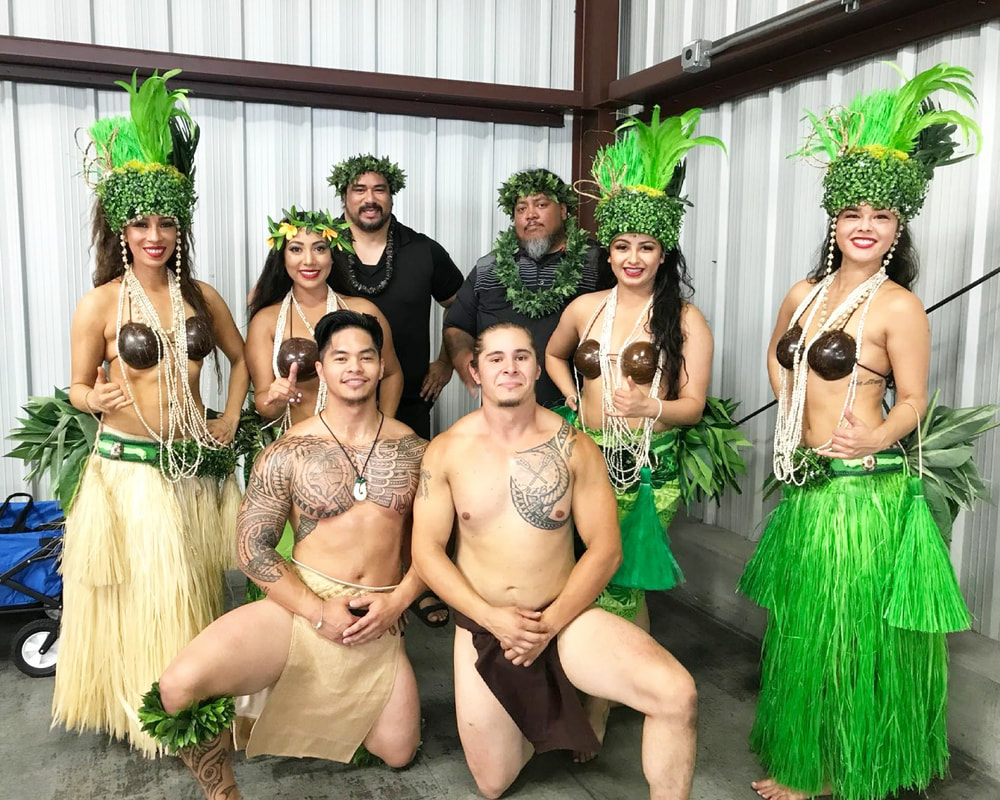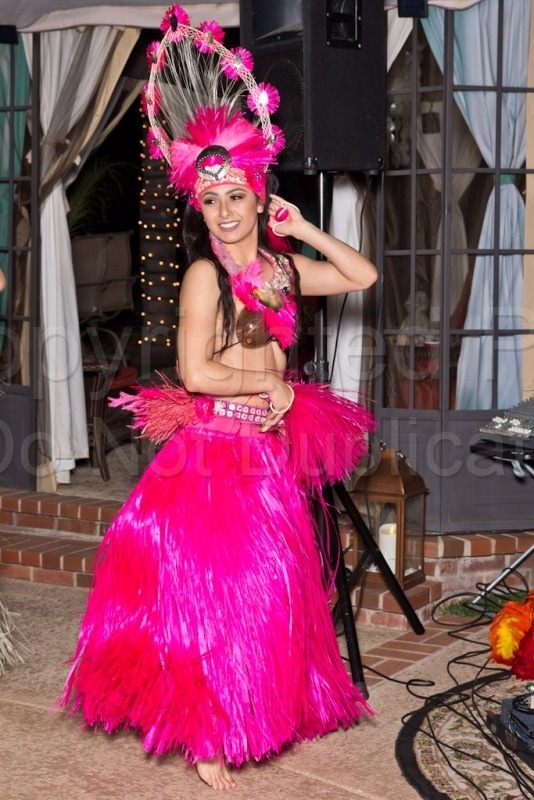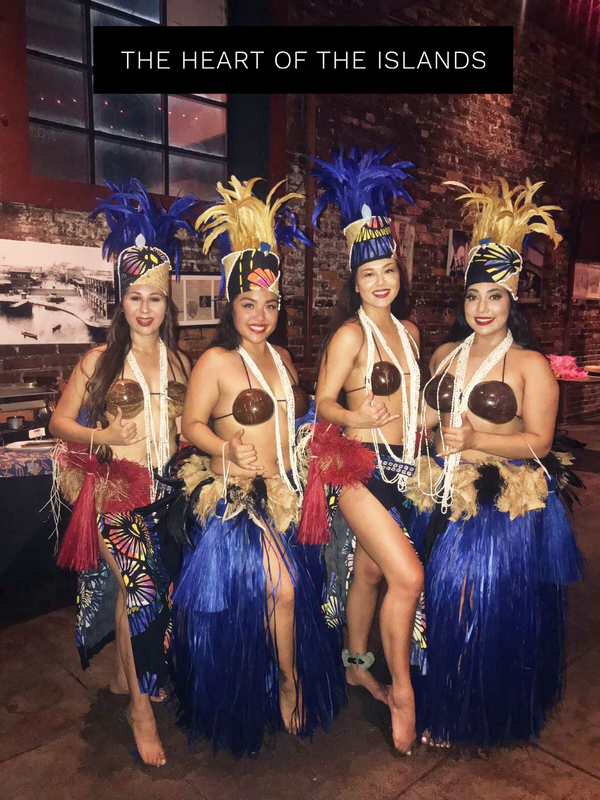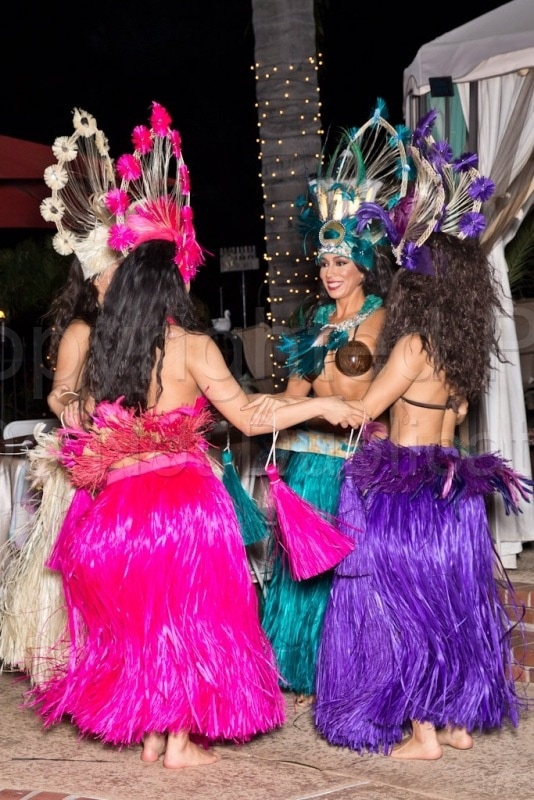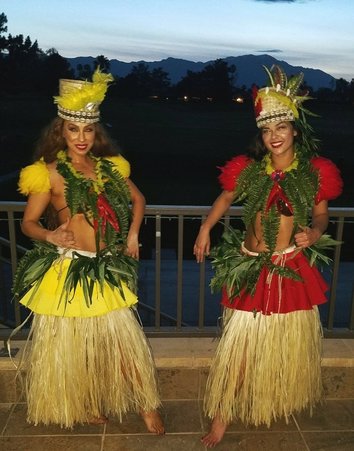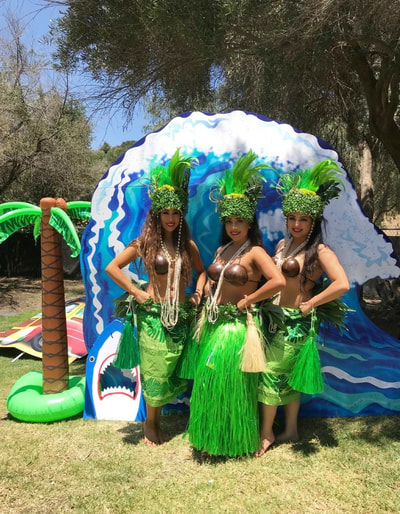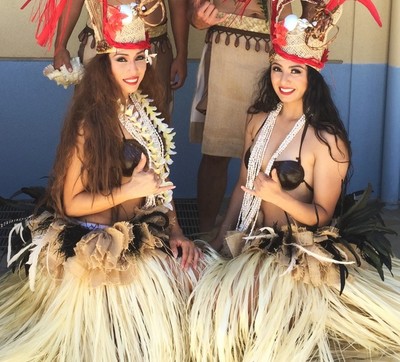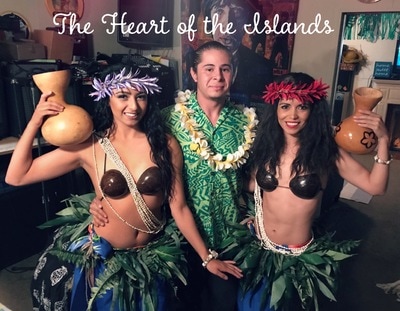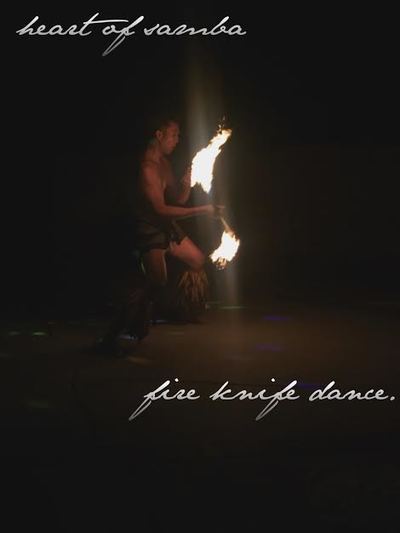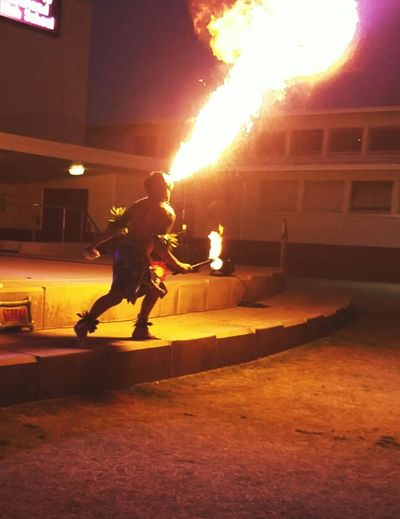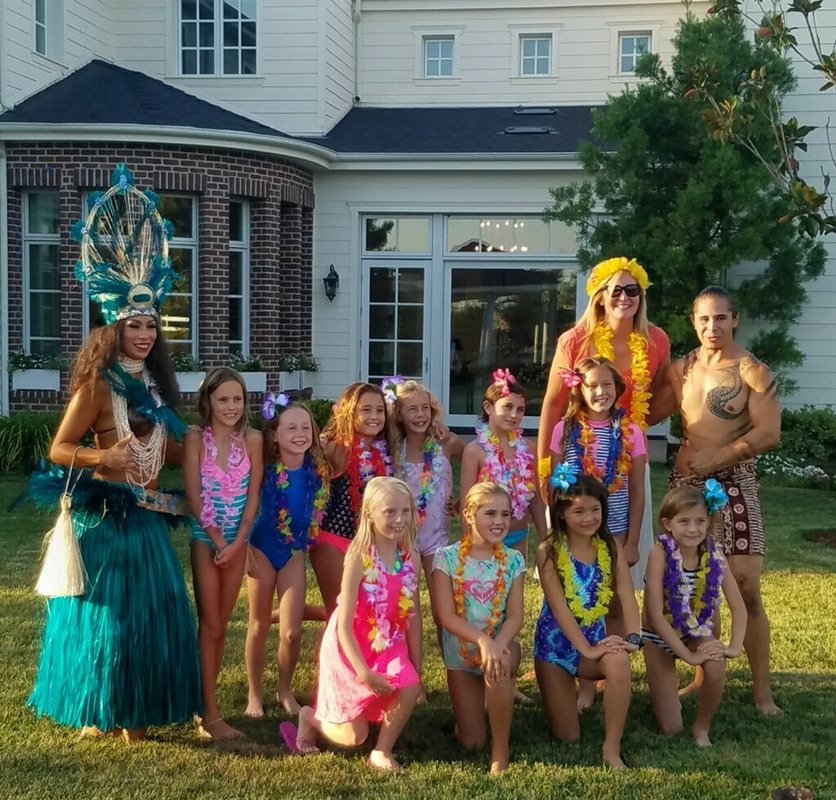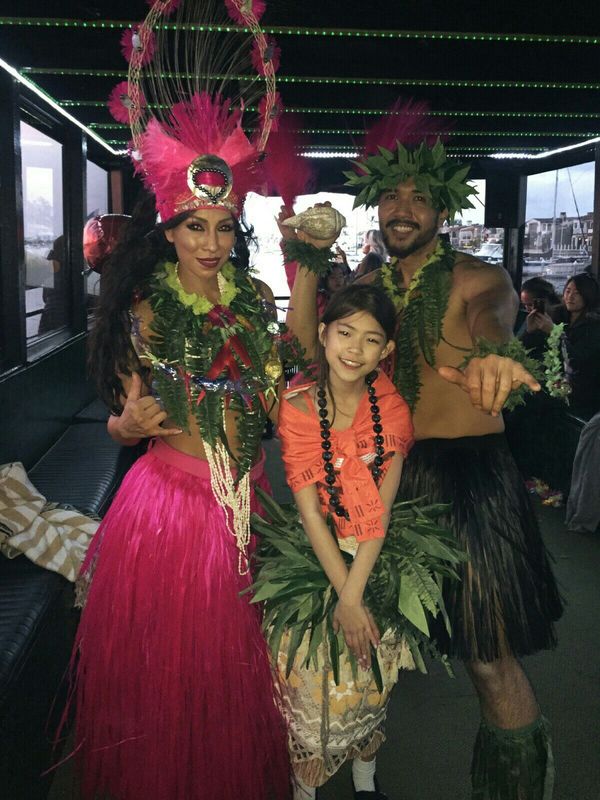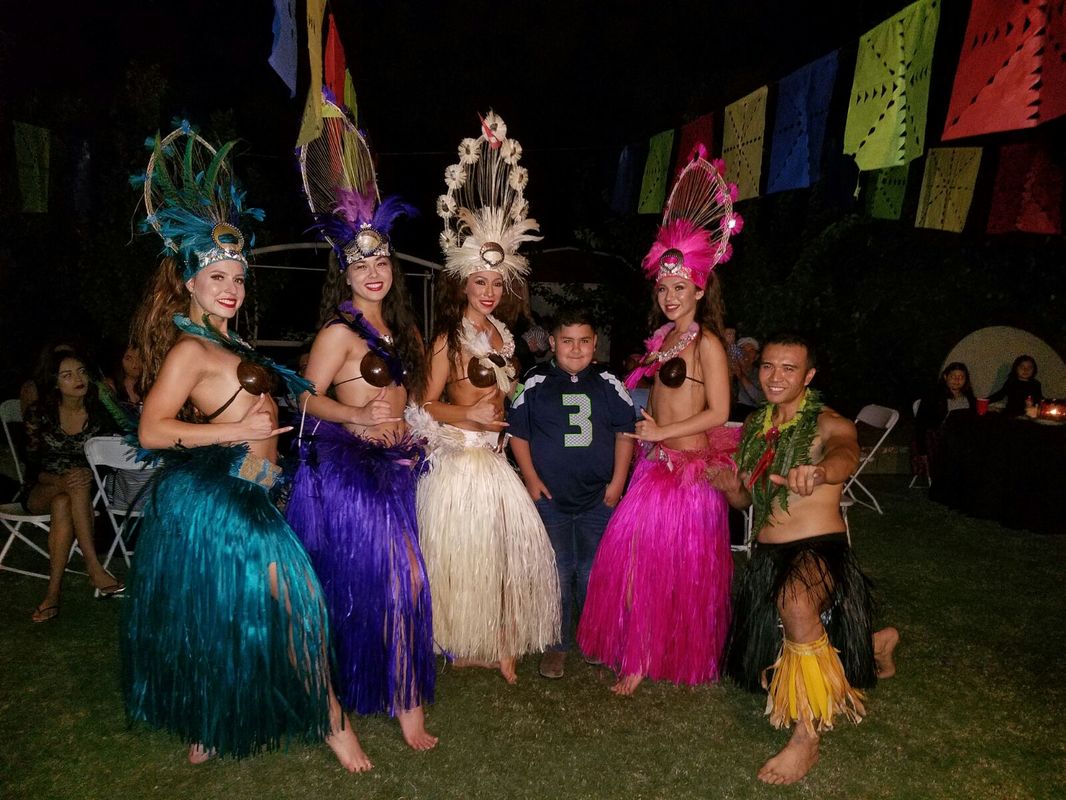Aloha!
Polynesian Entertainment
Visit our official website (Coming Soon)
www.theheartoftheIslands.com
OTEASTahitian dance consists of fast, rhythmic hip movements, usually set to the beat of the toere, or slit-log drum. These hip isolations, known as oteas.
The music that accompanies the dancers is made of rhythmic motifs called “pehe”. |
Samoan/Tahiti
|
TahitiOral storytelling traditions of those islands, conveying the literal meaning of a tale.
|
Fire knife performers
Siva Afi
Deeply rooted in Samoan warrior tradition
|
A thrilling routine in two back-to-back sets: one using a single knife and the second set using two knives while our drummer enlivens the pace with the heart-pumping sounds of the Samoan can-style drum
|
WARRIOROur warriors sharing their talent with passion & love for the dance to audiences.
|
Expect a professional show by friendly dancers with terrific energy and plenty of Aloha.
|
|
|
|
DRUMMERS/UKULELE PLAYERS
Hula |
Tahitian |
|
Hula dates back to the periods of Hawaiian history when strict memorization was passed down through chants instead of written documentation. These chants contained the stories of Hawaiian people and their creation and were meticulously passed down from generation to generation for preservation. In support of these stories, the hula dance was developed.
|
Tahitian dances are performed to the accompaniment of traditional music. Drums, made of hollowed-out tree limbs and shark skin, feature heavily in Tahitian music. Dance music is strongly rhythmic and powerful, and these qualities are also characteristic of the dancing.
Tahitian dance has regained its importance as a unique expression of Tahitian culture and history. |
MAORI |
|
Experience a range of compositions, from chants and choral singing to graceful action songs and ferocious war dances.
TYPES OF TAHITIAN DANCES;
OTEA: This probably was originally a somewhat warlike dance for men. It became the most famous of Tahitian dances and can be performed by men and women, otea’amui by men alone, otea tane or by women alone, otea vahine. Its choreography centers on a theme and the accompanying music with to’ere, fa’atete, or pahu made of rhythmic motifs called pehe.
APARIMA: In this dance the hands of dancers mime the story. The aparima can be vava (mute) and it’s a pantomime, usually performed kneeling and accompanied by the same band as the otea. Or it can be sung, aparima himene, and the gestures are related to a song accompanied by string instruments.
HIVINAU: The name of this dance is thought to derive from the English “heave now” of sailors maneuvering the capstan or anchor winch. Male and female dancers move in a circle and a male soloist gives a phrase that the choir takes over. The orchestra is made of to’ere, fa’atete and pahu and the rhythm is given by the «hiri ha aha ha» of the dancers.
PA’O’A: This dance seems to come from tapa-making gestures. Male and female dancers squat in a semicircle. A vocal soloist gives a theme that the choir answers to. A couple rises and performs a short dance in the half circle, encouraged by sounds of «hi» and «ha».
THE HEART OF THE ISLANDS -EVENTS/CLIENTS
For more informations please email or contact us:
Email:
[email protected]
[email protected]
[email protected]
Contact Gilda : (626) 344-3579
Email:
[email protected]
[email protected]
[email protected]
Contact Gilda : (626) 344-3579


